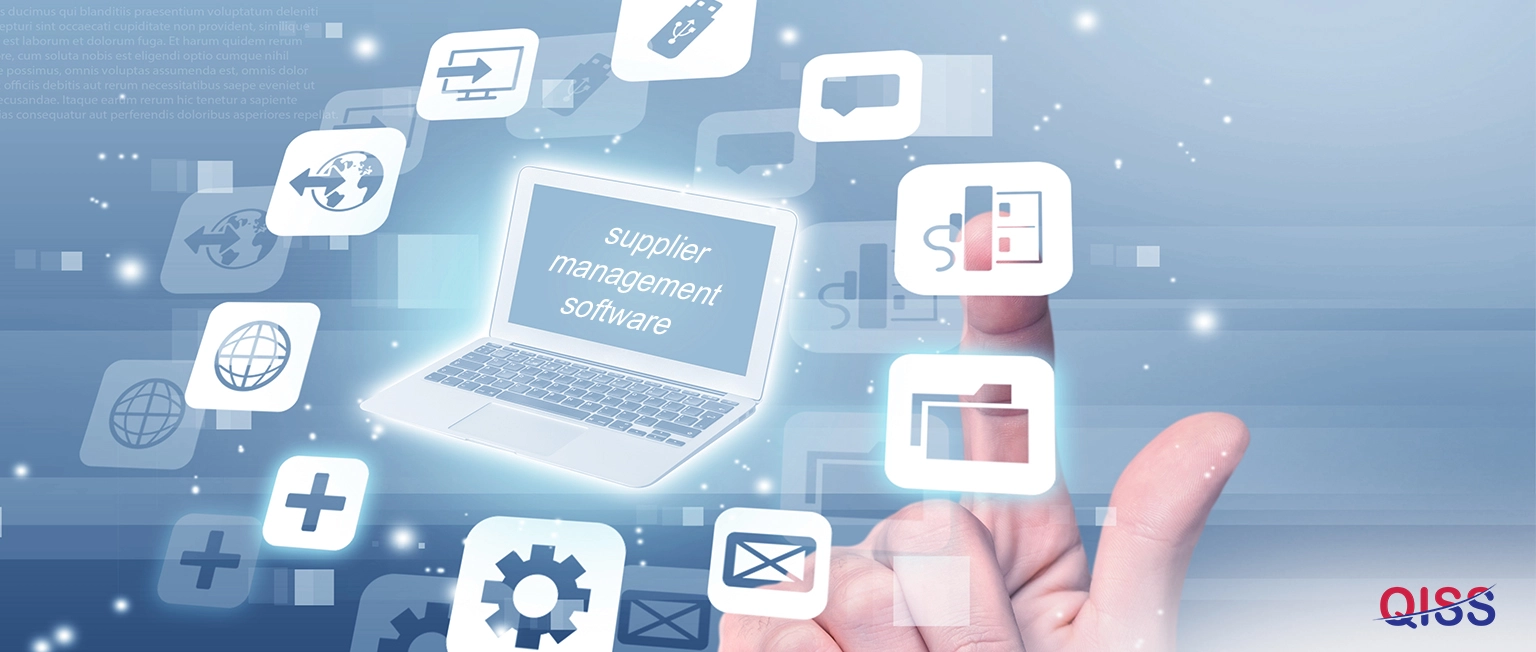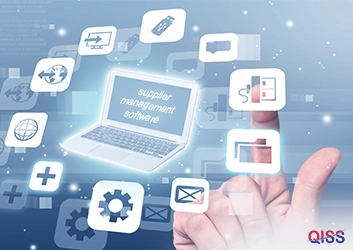
Supply chain management is a method to maximize a company's return on investment from its supplier spending. Since these supplies play a crucial role in efficiently running a business, it is essential that both the supplier and the business actively participate in managing the company's software.
Establishing a solid rapport, keeping tabs on needs, and maintaining lines of communication open with suppliers are all crucial to running an efficient business; therefore, companies need a complete policy for managing their relationships with vendors. To get into this policy a company needs to have supplier management software.
Using various supplier management systems, management helps reduce risk, increase compliance, boost quality, and save costs. Supplier management software includes the resources needed to assess potential suppliers. It also helps with the ongoing upkeep of the suppliers' operations, websites, and approved products for purchase. Keep on reading till the end to get more information on supplier management.
What are the top five reasons to implement supplier management software?
- Efficiently oversee an expanding pool of vendors
In the beginning, your company probably had only a handful of suppliers to keep track of. However, as your company expands, so will the number of suppliers you work with and the degree of complexity in your supply chain. The greater the number of vendors you work with, the more work is involved in managing them. A business that still uses spreadsheets and shared drives to manage its suppliers, is setting itself up for disaster.
Time spent searching for data, updating records, and emailing vendors to follow up, causes delays and strains relationships. A supplier management software is an online hub for coordinating supplier onboarding, communication, and collaboration. Find software that allows for unlimited users and supplier records. In this approach, your solution may grow with your company, even if it calls for additional providers.
- Significant amount of time-saving
Automating routine tasks using a supplier management system can save you many work hours each year. Streamlining the process of evaluating suppliers' viability and renewing contracts with them through digital tools will increase productivity within your organization.
Even suppliers can use some systems' self-service features if they choose to. Delegate data entry to your vendors using public forms with required fields to ensure you always work with the most up-to-date and accurate information possible.
As a result, you'll spend less time monitoring your inbox for supplier updates and more time growing your business.
- You can analyze the efficiency of your suppliers
Your company's success is dependent on the success of your suppliers. Your company's operations may be jeopardized if your suppliers fail to deliver on the key performance indicators and other commitments made during negotiations. Your company could face financial and regulatory repercussions if services are late, materials are of low quality, or materials need to be delivered.With automated surveys, businesses may learn how their vendors are performing and evaluate the results and the value those results have brought them. With the use of Balanced Scorecards, your company may evaluate the effectiveness of its vendors. If a supplier's poor performance is uncovered, the company can take corrective action, such as drawing the supplier's attention to the problem or consolidating suppliers.
Better results are achieved across the board, greater control is gained, and every connection contributes to the bottom line more effectively when you can readily assess supplier performance. - You can pinpoint dangers with your suppliers and lessen them.
While taking certain risks is inevitable in business, you must be on top of everything and minimize the hazards you can. With spreadsheets, emails, and shared drives, problems can be buried and hidden, leaving your company vulnerable.
Risks can be monitored and reduced with a supplier management system. These include (Date-based notifications to suppliers reminding them to submit or amend their compliance documentation; Suppliers are given one of five RAG ratings, which provide a graphical representation of the risk they provide to a company; and Risk intelligence feeds that provide up-to-date information on the financial health and security of your current suppliers and help you avoid working with those who aren't sustainable).
- Have faith in your organization's audit readiness
Supply chain documentation must be kept current and available to all parties. The ability to demonstrate supplier compliance is essential in regulated areas like healthcare and banking.Businesses of all types, not only those involved in the environmentally or socially risky sectors, are increasingly being asked to demonstrate that they source from companies that take measures to mitigate those risks. A supplier management system provides a comprehensive audit trail of all actions conducted by whom and when. The information required for either internal or external audits is current and straightforward. Because of this, getting ready for audits is less of a headache, takes less time, and yields better results.
As you gather all the information about Supply Management, you might be curious about the supply chain process you should follow. Businesses employ supply chain management to make their supply chain more productive and less expensive. A company's supply chain consists of all the processes involved in turning raw materials into finished goods. In the next paragraph, we will show you the easy way of the supply chain.
Operations management in the supply chain
Managing supply chains entail various tasks, which may be broken down into a few broad categories.
Planning: "planning" refers to anticipating needs and developing a strategy for meeting those needs across the board (including procurement of supplies, scheduling of workers, logistics, etc.). It's a critical step that requires thorough market research and analytical thinking to arrive at reliable projections.
Procurement: The goal of any procurement process should be to acquire the required goods and services at the lowest possible cost. Picking the right vendors and keeping the peace with them is equally crucial.
Manufacturing: Processing raw materials into finished goods using labor, machinery, and occasionally other inputs is what we call manufacturing. Some industries (such as e-commerce and retail) that deal with finished products and services skip this step in the supply chain.
Distribution: Finding consumers, striking deals, organizing storage and transport, and delivering goods are all part of distribution and logistics. The process also includes handling returns.
Inventory management: Securing optimum stock levels and variety across your supply chain is the primary goal of inventory management.
Analytics: Supply chain performance may be managed, improved, and decisions can be made using analytics, which is present throughout the entire process. We'll delve deeper into each of these phases later, but first, let's define a few more terms that are crucial to understanding supply chain management.
You can use QIA-powered QISS as your one-stop-shop for all aspects of your company's quality management system, including but not limited to Supplier management, QMS, document control, audit management, and more. It's not only about the goods you're purchasing and the value you get from the deal in any business. Good supplier management is much more than simply receiving what you need; it's also about maximizing your resources and minimizing potential losses. Supplier management software is an investment in the long-term prosperity of both organizations and their suppliers.



535,250.webp)
